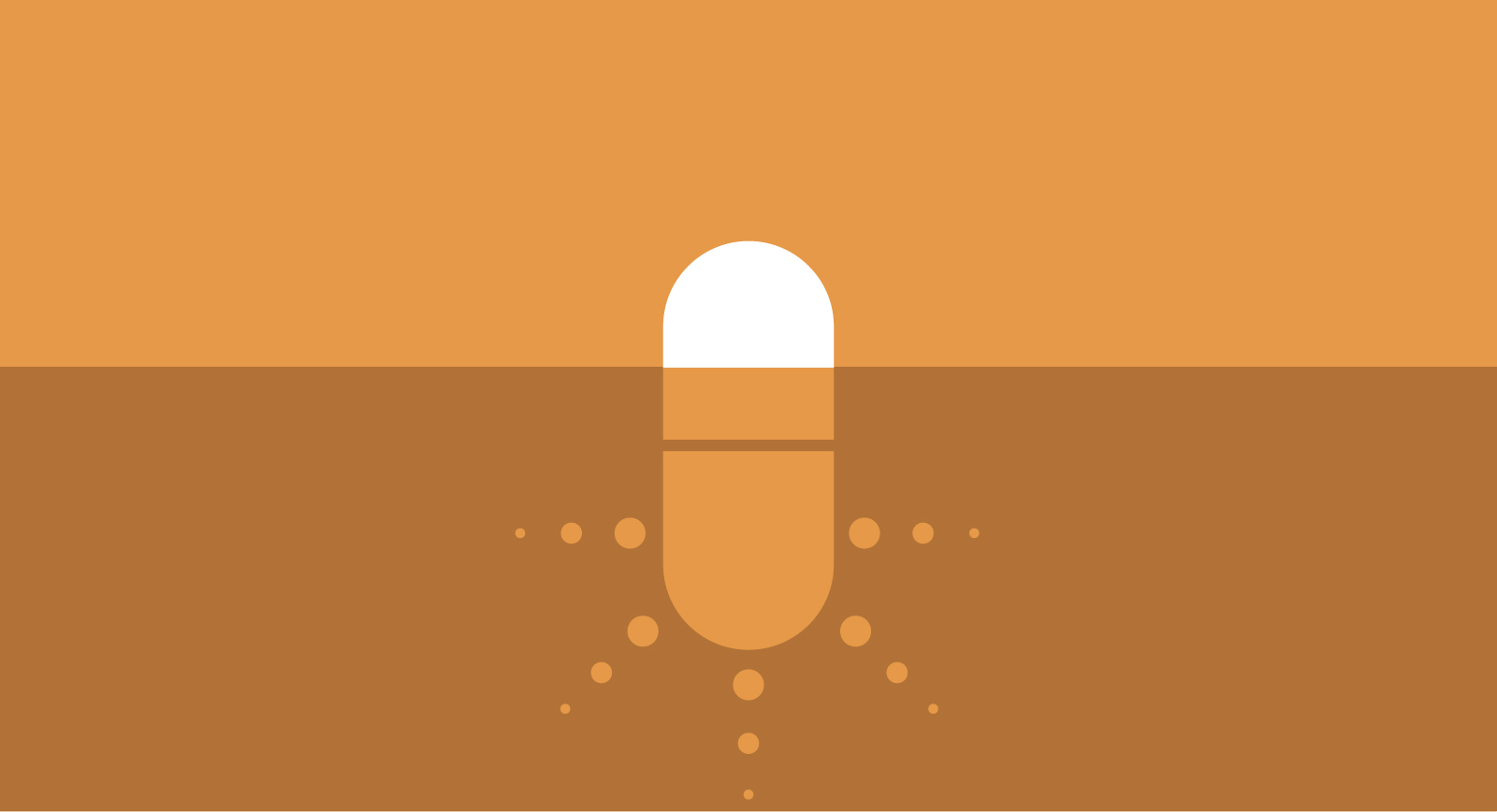Home » News » Implantable Device Case Study
Implantable Device Case Study
Posted on Mar 01, 2021

Case Study
A biomedical startup with innovative technology was creating an implantable device for drug delivery. A key aspect of the design was that the device was to be fully removable after it was no longer needed. This was a crucial feature for gaining FDA approval and widespread acceptance in the market.
The Company’s Research Objectives
The company initially approached ClearLight for help answering two questions about their prototype device:
- Is the device working? Can we see the drug and/or effects of the drug outside the device?
- What’s going on inside and around the device? Can we see cell growth, cell death, extracellular matrix, vascularization? Are there any negative effects being caused in the device or around the device after implantation?
The company had originally tried answering these questions using traditional 2D IHC done with FFPE, but they were unable to get satisfactory answers. When they heard about ClearLight and 3D IHC, they decided to give it a try.
We opted to perform a pilot study as this was a novel use for CLARITY with this new device. The pilot study was used as a proof of concept to determine if CLARITY and 3D IHC were a good fit for their research.
The Pilot Study Results
ClearLight was able to provide images that were able to answer the company’s initial questions. We also determined that the implantable device was not as easily removable as initially hoped, suggesting what occurred after implantation may not have been in line with their initial goals.
Although this information was not what the company hoped to find, by making this discovery at an early stage it may have saved them months or even years of development down a faulty path. They now knew that while some aspects of the drug delivery system worked, the device design would need to be modified.
Confronting Unexpected Results
This was an example of a possible blindspot that the company would not have otherwise realized until they were further down the device development pipeline. ClearLight was able to help them identify a design element that needed modification earlier in the process than otherwise possible, saving them valuable time and money.
Sometimes you don’t get the result you were hoping for, but data, whether affirming or unexpected, always leads to greater understanding through research.” --Dr. Sharla White, VP of Research and Development, ClearLight Biotechnologies
How do you move forward if you don’t get the results you’re expecting? Unexpected data isn’t always a bad thing. It gives you insight into what is currently going on, which may still be beneficial to your research goals.
Coming Back to ClearLight
Having worked with ClearLight not only gave the company valuable data from the pilot study, it set them up for future inquiry as well. Since the initial groundwork was already done the company can easily come back to ClearLight at a later date with device modifications to determine if they successfully addressed the concerns identified in the pilot study.
Unexpected outcomes necessitate a return to your internal company drawing board. ClearLight is here for you when you’re ready to come back with your next iteration. If a pilot study has already been done, it’s much easier to jump in, and help you tackle even more refined follow-up questions.
Our lab services are collaborative. When we can draw on our past experience working with you and your research, we can go further, faster. Our goal is for your research to be a success.
Researchers typically get involved with ClearLight at one of three stages.

Proving Feasibility
The first and most common stage is for a pilot study. A pilot study is the right choice if you are working with something completely new, when you need to get enough information to form a clear research question.
Typically in this situation, the pilot study will be a collaboration, because ClearLight will also be testing our technology on a new tissue type, device or unique situation. We will be establishing if our technology is a good fit for your application. A pilot study can build trust on both sides in determining if it’s a good fit to work together.

Exploring Specific Question
The second phase that ClearLight can be of assistance is when you are further along in your research process. You have some initial results, but you need to answer a very specific question.
A pilot study is also a good way to establish proof of concept. For example if you have always worked with 2D FFPE and are curious if CLARITY tissue clearing and 3D IHC can provide the additional insight and data to answer the question you're after, a pilot study is a cost-effective way to establish if it is worth investing further.

Guiding Deeper Investigation
The third stage of working with ClearLight is when a researcher or company has already worked with ClearLight one or more times before. Many of the researchers and companies we work with find that the research assistance provided by ClearLight is a vital part of their R&D process. We provide them with tissue clearing and 3D IHC services they cannot cost-effectively perform themselves. The results from imaging and tissue analysis provided by ClearLight allow for guided discovery and deeper investigation.
To see what ClearLight can do for your research, contact us today.
Contact Us
Schedule a meeting, enquire about our services, ask how we can help you with your burning question.
